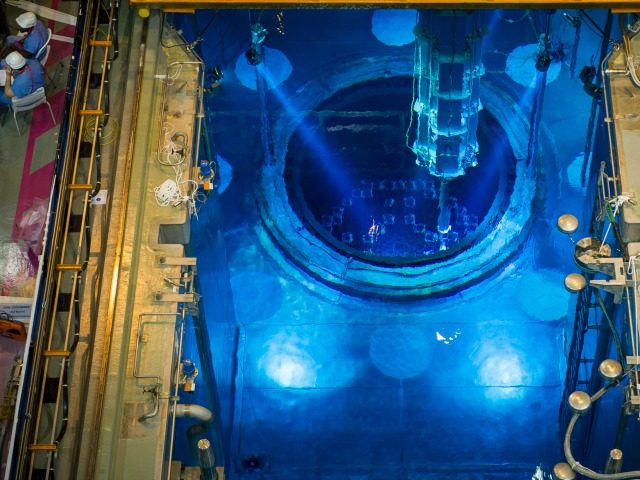
Hole ML22-003, Total Depth 491.0 m, Athabasca Unconformity Depth 324.1 m
15.9 m-wide zone (358.7 m to 374.6 m) of strongly clay altered and graphite-rich sheared basement rocks. Hole ML22-002, Total Depth 497 m, Athabasca Unconformity Depth 315.3 m 14.7 m-wide zone (343.7 m to 358.4 m) of sheared basement rocks with graphite, sulphides, chlorite and clay alteration. Bottom 18.3 m of sandstone (290.0 m to 308.3 m) is broken and faulted with sections of bleaching, strong clay and limonite and hematite alteration. Hole ML22-001, Total Depth 485 m, Athabasca Unconformity Depth 308.3 m The vertical depth to the Athabasca unconformity in the five drill holes ranges from 271.0 m to 281.2 m. This is encouraging because high-grade uranium mineralization in the Athabasca Basin is often associated with clay altered graphite and sulphide bearing shear zones in association with overlying hydrothermal alteration and bleaching in the lower Athabasca sandstone. The associated 1.5km long north trending resistivity low zone in the lower Athabasca sandstone was interpreted to be the result of hydrothermal alteration this is now supported by the intersections of heavily bleached sandstone above the unconformity containing clay filled faults. To view an enhanced version of this graphic, please visit:ĭrilling so far has shown that the two parallel ground EM conductors defined this past spring are likely caused by ductile shear zones intersected in basement rocks containing graphite and sulphide minerals and accompanied by zones of intense chlorite and clay alteration. The Company plans to drill another 4 holes for approximately 1,600 m. Ground geophysical crews have just completed supplementary ground EM surveys which have defined additional conductors and have provided more drill targets in the north trending resistivity low and also in the 1 km long northeast trending resistivity low in the northern part of the property. This was confirmed by ground DC Resistivity and EM geophysics carried out this past spring (see JFission 3 news release) and further corroborated by the five recently completed holes in the southeastern part of the property, totaling 2,505 m of drilling. On July 18, 2022, ISOEnergy announced the initial mineral resource estimate for the Hurricane Deposit of 48.61 million lbs of U 3O 8 in the indicated category based on 63,800 tonnes grading 34.5% U 3O 8 estimated at a uranium cut-off grade of 1.00% U 3O 8.īased on an interpretation of government regional magnetic data, Fission 3 inferred that a conductor corridor, within which historic Cameco drill hole Q23-5 intersected anomalous uranium and pathfinder element geochemistry, projected northward onto the Murphy Lake property into an area where there has been no previous drilling. The Murphy Lake property is located 30 km northwest of Orano's McLean Lake uranium mine, 5 km south of ISOEnergy's high grade Hurricane Uranium Deposit and 4.5 km east of Cameco's Larocque Lake deposit with drill intersections as high as 27.9% U 3O 8 over 7.0 m in drill hole Q22-040. Encountering such features in our first pass drilling has upgraded the Murphy Lake project and bodes well for future discoveries and has led us to expand the drill program at Murphy Lake." It is well established that high-grade uranium mineralization in the Athabasca Basin is often associated with graphitic +/- sulphide shear and fault zones within areas that have undergone hydrothermal alteration. Geol, Director of Fission 3.0, commented, "The Murphy Lake project is located in the infrastructure-rich eastern Athabasca Basin within close proximity of number of high-grade uranium showings, deposits and mining operations. The intersection of encouraging basement lithological and structural features in several drill holes confirms the prospectivity of the Murphy Lake conductors and has prompted the Company to continue to define these structures with ground EM geophysics and to expand the Murphy Lake drill program. 
(TSXV: FUU) (OTCQB: FISOF) (" Fission 3" or " the Company") is pleased to report that the first pass drill program on its 100%-owned Murphy Lake property in northern Saskatchewan, has encountered graphitic and sulphide - rich basement structures with associated hydrothermal alteration in 3 out of 5 holes.

Kelowna, British Columbia-(Newsfile Corp.






 0 kommentar(er)
0 kommentar(er)
